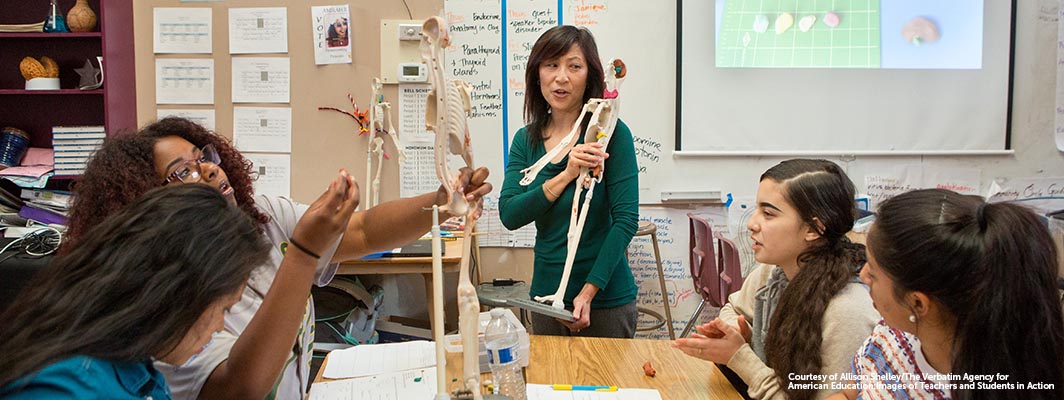We need more “connective tissue” between our schools and our family-serving organizations, so family support is not so fragmented, disarrayed, and difficult to access. Service silos don’t work.
In other words, we don’t have a system that guarantees children’s health and well-being. Our approach is hit or miss, unless you’re from a privileged family — and then you can count on getting wraparound health care, mental health services, and regular dental care. Is it any wonder, then, that children from these families routinely learn at higher levels, on average, than children who lack adequate access to health care?
Harvard’s Education Redesign Lab is focused on plugging that gap by working with communities to build systems of support and opportunity that put disadvantaged children on a level playing field with their more affluent peers. Our theory of action is this: Only by working toward equity of systemic services, supports, and opportunities can we break America’s iron-law correlation between socioeconomic status and educational achievement and life outcomes. We believe that a “schools only” approach to achieving equity is a proven failure — and that school reform, narrowly conceived, is destined to continue falling short.
“Connective Tissue” Between Schools and Families
Some communities are hard at work at the business of building more robust child development systems by, for example, linking health care supports with education to address the health issues that impede students from coming to school ready to learn. Through the Ed Redesign Lab’s Partnership for Resilience, practitioners from medicine and education are working together in impressive ways to provide quality health care supports for students in the Southland communities near Chicago, and their work is making a difference.

